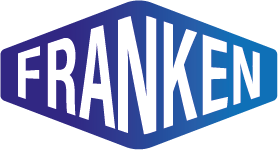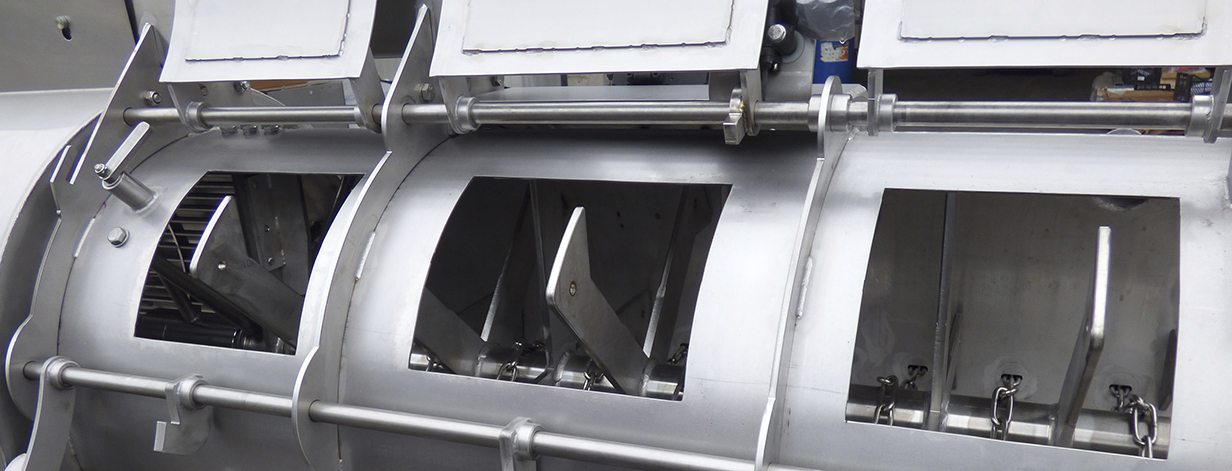Harvesting shellfish
Traditional harvesting methods for bivalve shellfish are often labour intensive. In the western world a traditional harvesting method is often not economically justifiable and automation of labour intensive process stages is a necessity. Harvesting is also influenced by the various culturing methods applied.
The Dutch mussel industry uses for instance the so-called “bottom culture” whereas world-wide “suspended culture” is commonly applied. The shells of suspended culture are rather brittle and quickly damaged. In parts of France, however, pole culture (“moules de bouchot”) is applied, while in Spain mussels are grown off so-called “bateas”.
Harvesting systems solutions realised
• Spat sorters for selecting the still small and fragile shellfish spat of juvenile, scallops, clams and mussels. There is even a spat sorter available for separating “queen scallops” from “king scallops”
• Sorting units for careful size grading of the shellfish spat
• Sock filling machines for automatically filling socks instead of the time consuming manual method. Different materials, such as cotton, plastic, with or without wrapping reinforcement are possible. Filling and wrapping speed can be adjusted continuously
• Mussel sock strippers for socks of cotton, nylon or artificial seaweed
• Harvesting rafts with the pre-cleaning equipment on board
• Adaptations of culturing methods for improved logistics and results

